From the majestic mountains of the Pyrenees to the idyllic landscapes of Galicia, the Camino de Santiago is a journey that everyone should experience. A very special journey, a pilgrimage and hiking activity that involves walking with a backpack loaded with everything necessary for a Jacobean route. And you might wonder: does any backpack work? What size is adequate? Before starting your journey, it’s crucial to choose a suitable backpack that will accompany you on this trek, as it and you will “become one”. Keep reading, and you’ll learn how to choose the best backpack for the Camino de Santiago, and how to prepare it for the most comfortable adventure.

Your backpack will be your main companion on the Camino.
Types of Backpacks for the Camino
When deciding to live the Camino experience, surely many questions about preparation will arise, especially if you are a beginner. One of them, among others, is what to carry in the backpack, but we’ll go further and start with the basis of this issue. What backpack to choose for the Camino de Santiago?
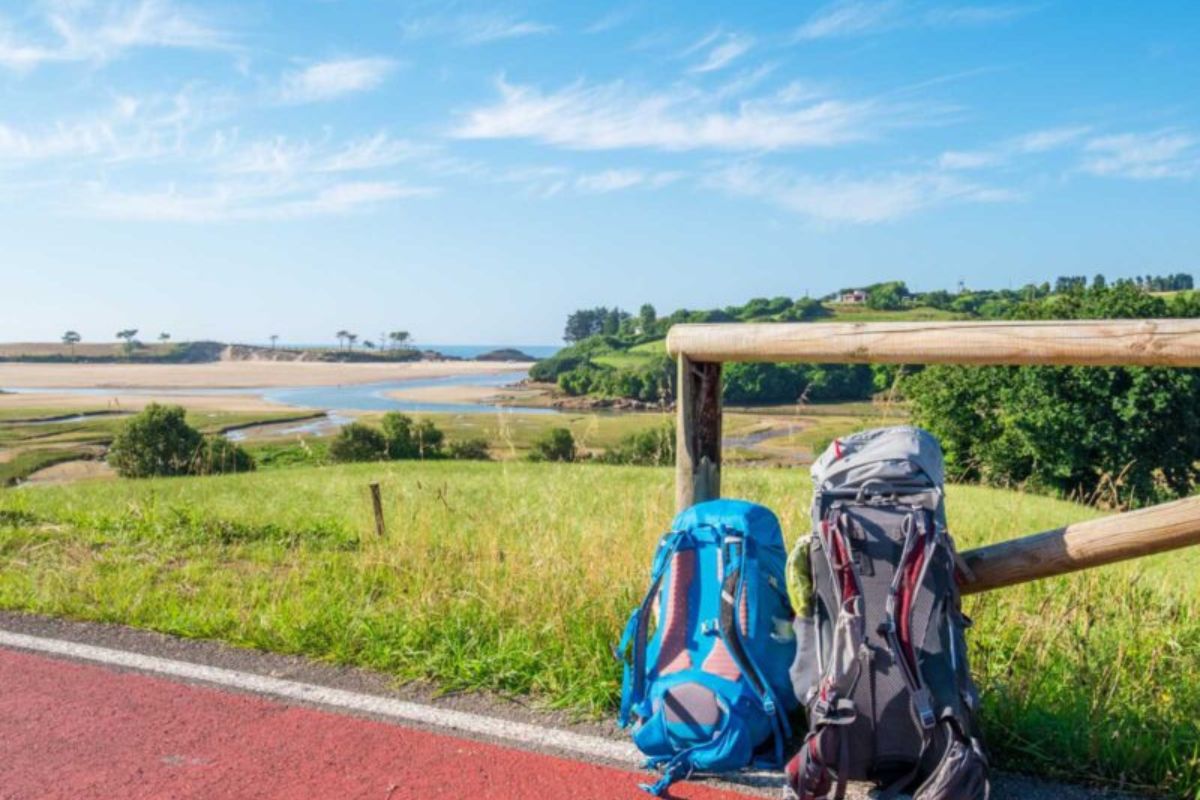
Choosing the best backpack for the Camino de Santiago is essential to fully enjoy the experience.
Today, there are many types of backpacks, designed for different uses and needs. When it comes to the Camino de Santiago, you’ll have to choose among backpacks intended for a hiking adventure, with all that it entails. Since you’ll be traveling on foot outdoors for several days, you’ll need to consider the size and capacity of your backpack, as well as other features.
Consider the Size and Capacity of the Backpack
When it comes to backpacks for the Camino de Santiago, size and capacity are fundamental aspects. A backpack that is too small won’t allow you to carry everything you need, while one that is too large may be uncomfortable and heavy. You need to find a middle ground, considering the time of year for the Camino de Santiago and how many days you’ll be walking.
40-liter backpacks are perfect if you’re going to do the Camino in spring or summer. The luggage you include, being lighter due to the good weather of these two seasons, won’t be very heavy or bulky.
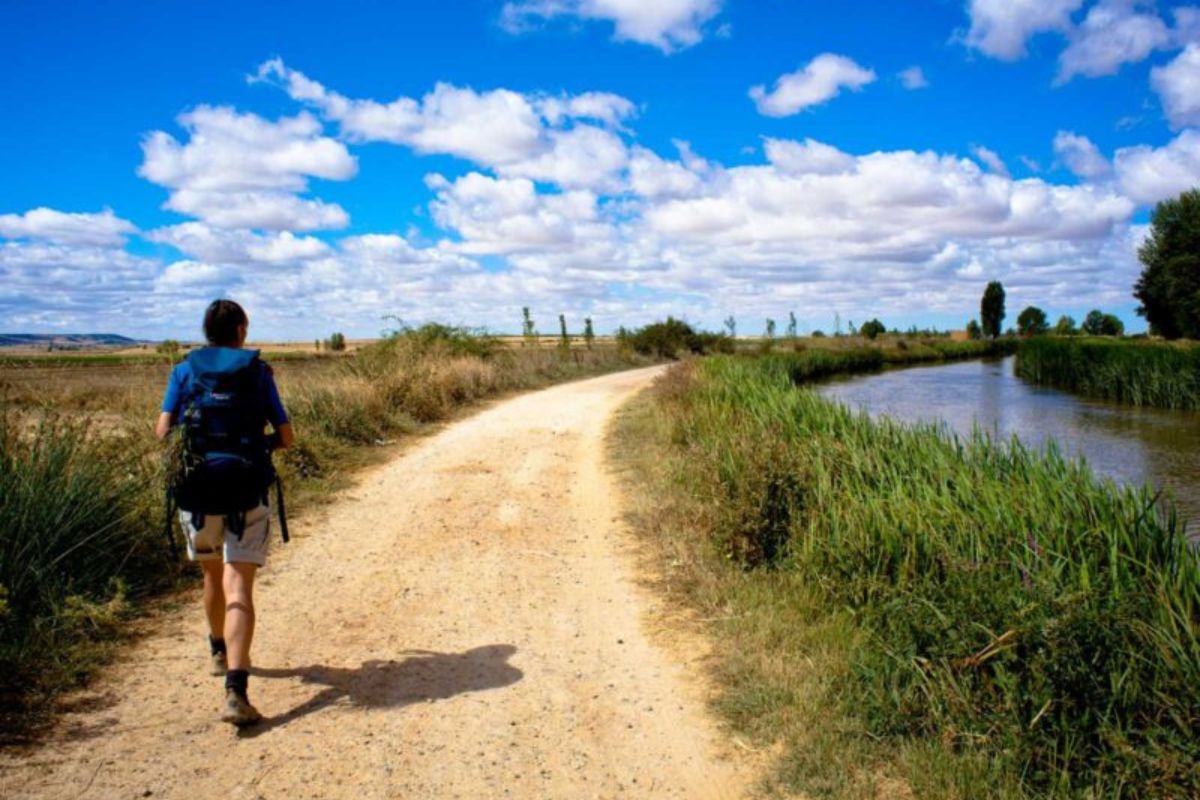
When doing the Camino de Santiago in summer, you won’t need a very large backpack.
On the other hand, if you’re going to do the Camino in autumn, we recommend 50-liter backpacks. They are not much larger than the previous ones, but they allow for more load, such as necessary warm clothing or a sleeping bag.
Instead, if you’re going to do the Camino in winter, you’ll need a 60-liter backpack. The warm clothing and sleeping bag might be heavier and bulkier, as well as necessary. Remember that the Camino de Santiago, whatever the route, ends in the northwest of Spain, with cold and rainy climates.
Features to Consider in Your Backpack for the Camino de Santiago
In addition to capacity, there are other equally important aspects to consider in your backpack. You’ll need to think about durability, water resistance, weight distribution, accessibility to clothing and personal items, fit, and comfort.
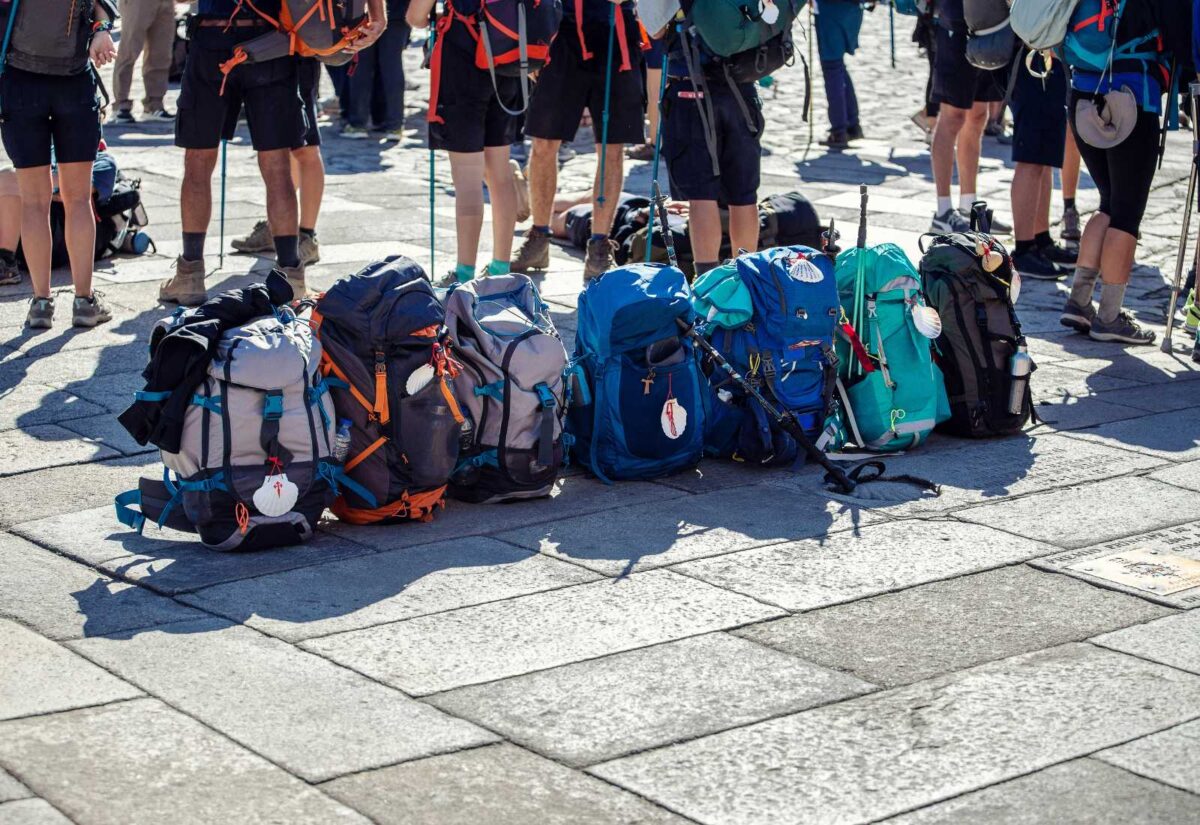
Among all the existing backpacks, you must choose the one that fits you best.
Durability and Water Resistance
During the Camino de Santiago, you’ll be exposed to different weather conditions, and it’s essential that your backpack is durable and water-resistant. Opt for a backpack made of resistant materials, such as high-quality nylon or polyester. Also, look for a backpack with a waterproof cover or water-repellent features to keep your belongings dry in case of rain. And, if not, bring a waterproof cover for your backpack.
Distribution and Accessibility
The distribution and accessibility of the compartments in your backpack are also important aspects to consider. Look for a backpack with multiple pockets and spaces to organize your belongings effectively.
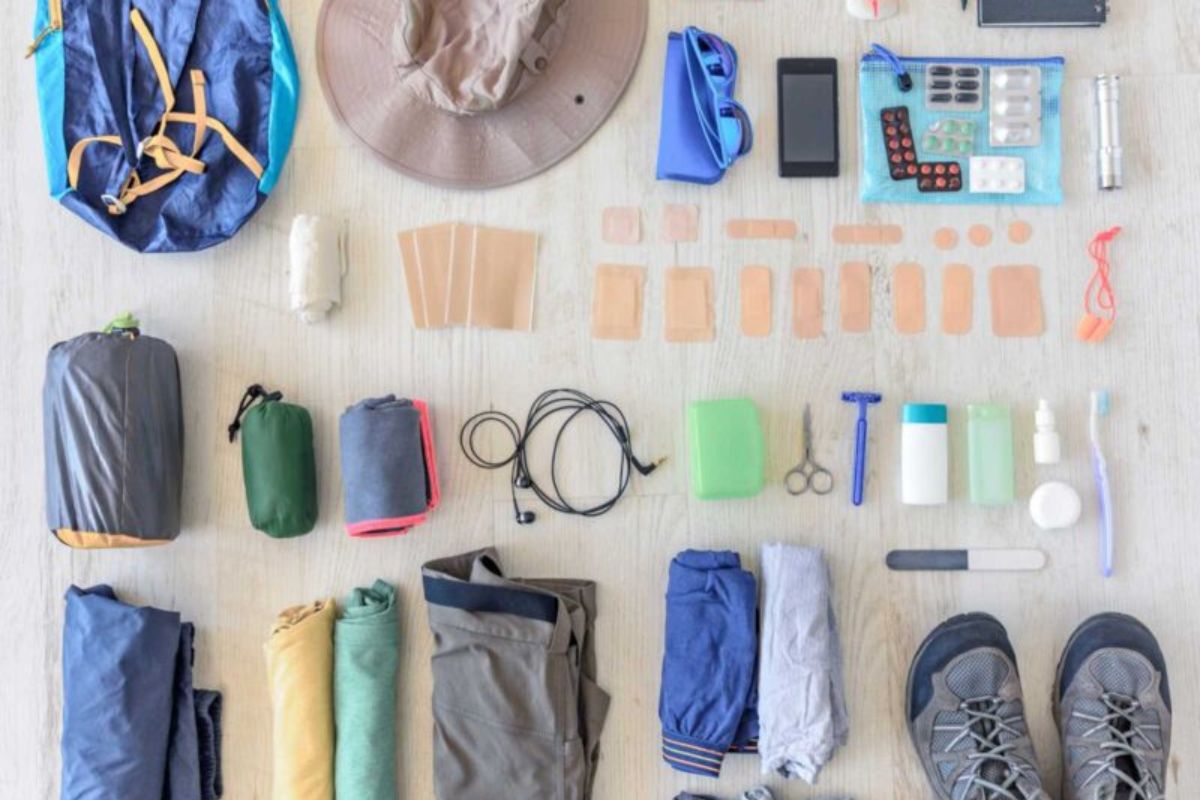
Items to Include in Your Backpack for the Camino de Santiago.
It’s recommended that your backpack has a main compartment that is easily accessible, where you can place the items you need most frequently. It’s also useful to have side or front pockets to carry water bottles, snacks, or items you need to have on hand during the Camino.
Likewise, being able to access your backpack from the bottom will facilitate access to items such as spare shoes or a sleeping bag. And if it also has walking pole holders, even better.
Fit and Comfort
The backpack will accompany you throughout the Camino, and since you share the journey, what better than to do it with one that fits well. The height should be adjustable, so you can adapt it to your back and walk more comfortably.
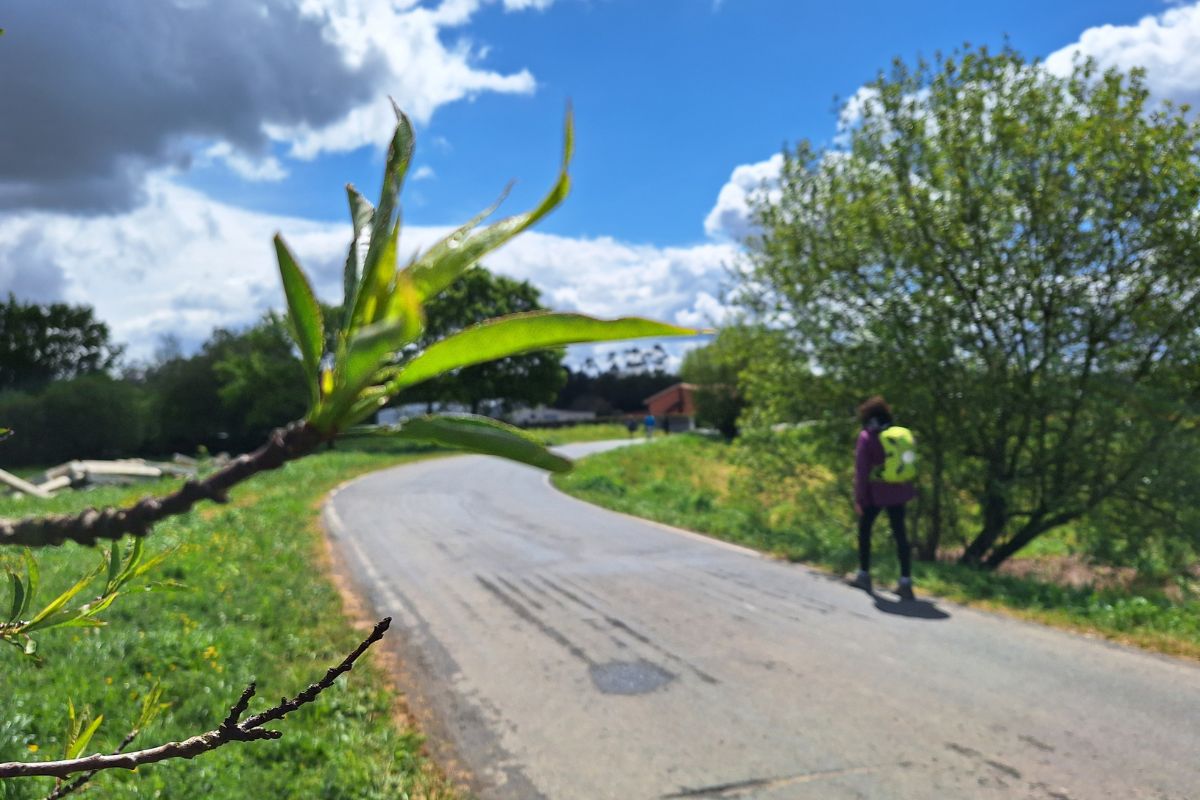
Mind the comfort of your backpack will make for a good Camino.
Lumbar reinforcement and adjustable straps, both on the chest and waist, will be an essential feature. This way, your pilgrim companion will adjust to your body, and you’ll avoid possible discomfort and injuries to the back and neck.
No less important are the shoulder pads to cushion the movement of the backpack. And for absolute comfort while walking, look for a backpack with ventilation space between it and your back.
How to Organize Your Backpack for the Camino de Santiago
Before talking about organization, consider how many things you’ll need based on the length of the route you’ll take. In many places where you’ll pass by, you’ll be able to wash clothes and buy things you need, thus avoiding carrying excessive weight in your backpack. This is undoubtedly one of the most common mistakes made by pilgrims.
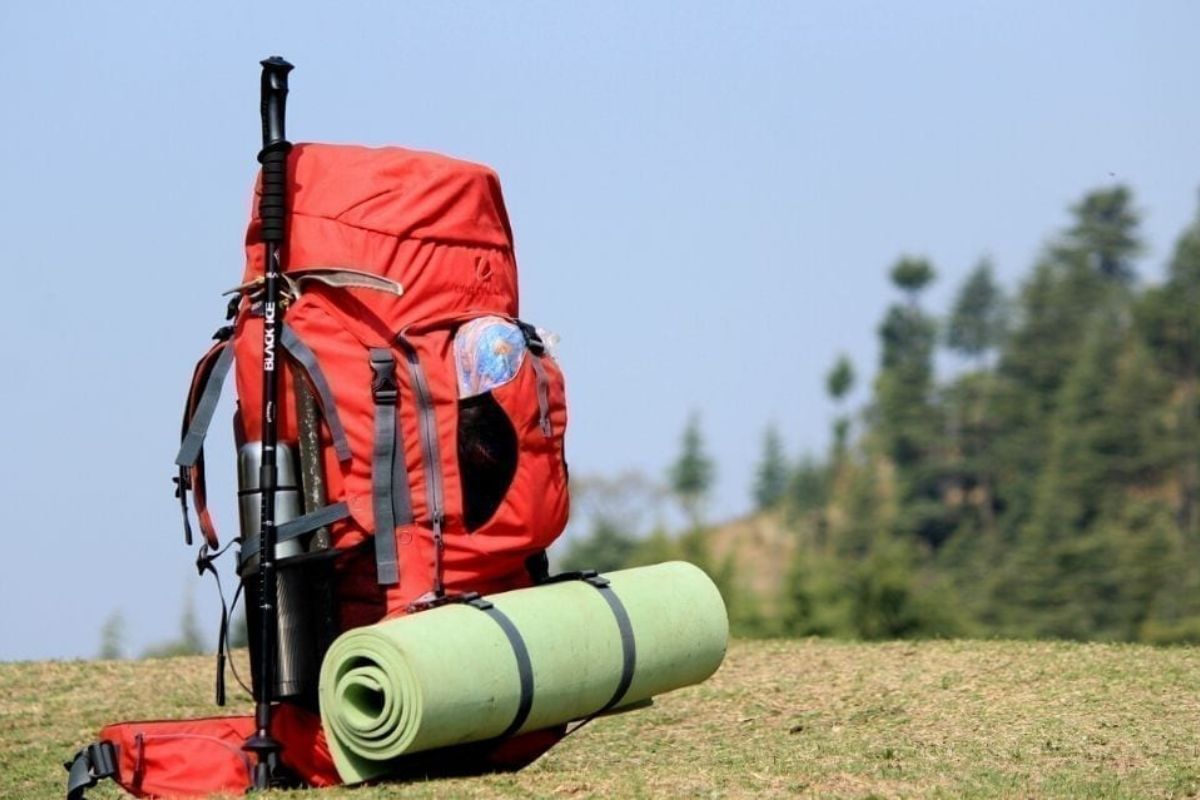
Carrying only the essentials is essential to enjoy a good Camino.
In addition to the external spaces of your backpack, very useful for those things you use frequently, the interior space must be well organized. If you bring a sleeping bag, it’s ideal to place it at the bottom to cushion everything you place on top of it. The heaviest items should be placed close to the back, and, lastly, the lightest items such as changes of clothes.
Also, we recommend classifying everything with bags, to better organize yourself and find your personal belongings more quickly and efficiently. And if you’re staying in hostels, we recommend cloth bags to avoid annoying noises at night and during the day: your fellow pilgrims will appreciate it.
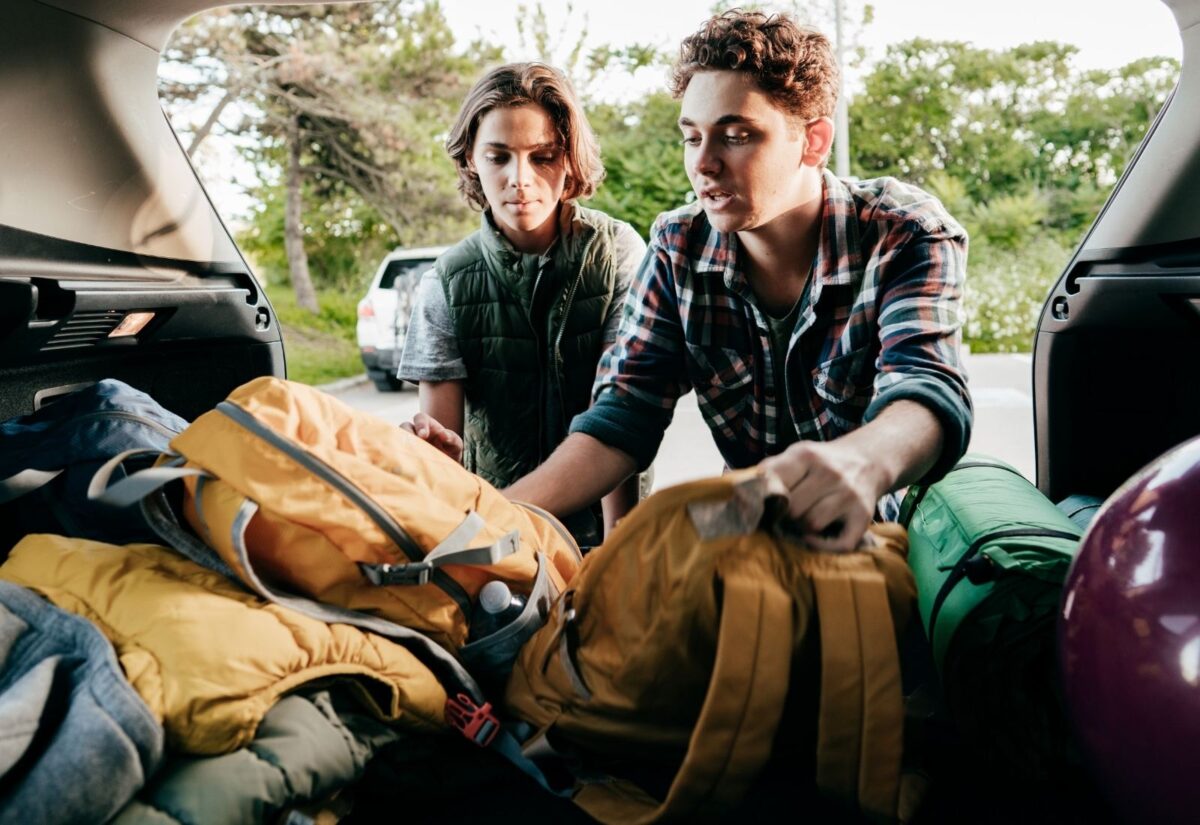
More and more pilgrims prefer to have their backpacks carried.
Avoid Overloading: Luggage Transport on the Camino de Santiago
Every gram counts, and it’s very important to learn to carry only the essentials, something that we sometimes don’t achieve on our trips. If this is your case, if you think you need to carry more things but want to walk lightly, our luggage transport service is the perfect solution. In all our trips to the Camino de Santiago, we offer you this option, so you can free yourself from material as well as personal weights. Buen Camino!

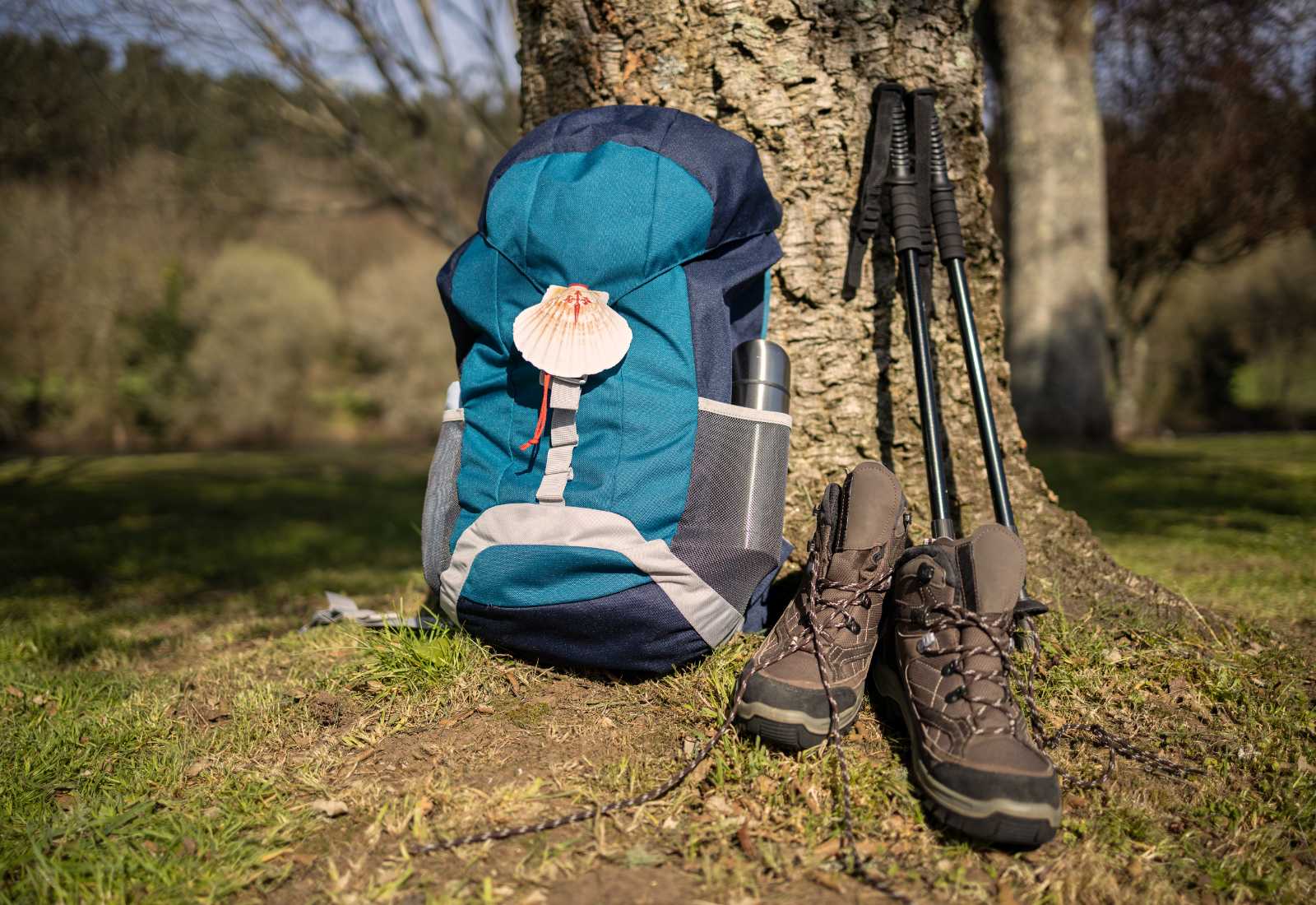










Leave A Comment